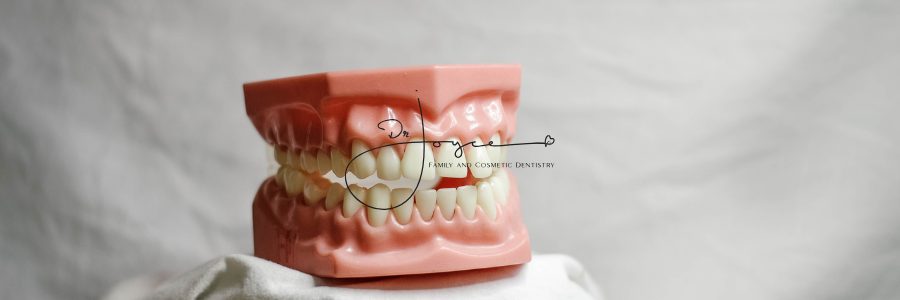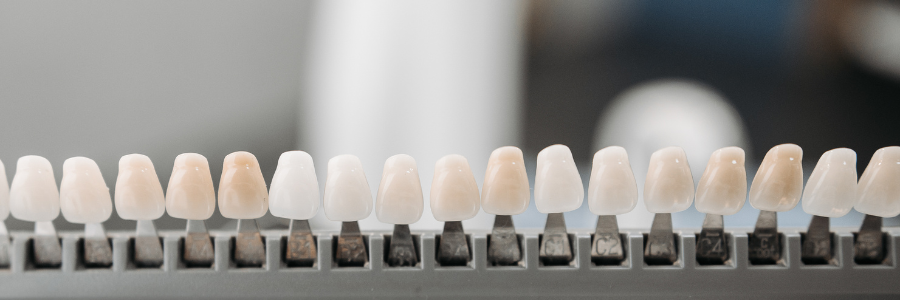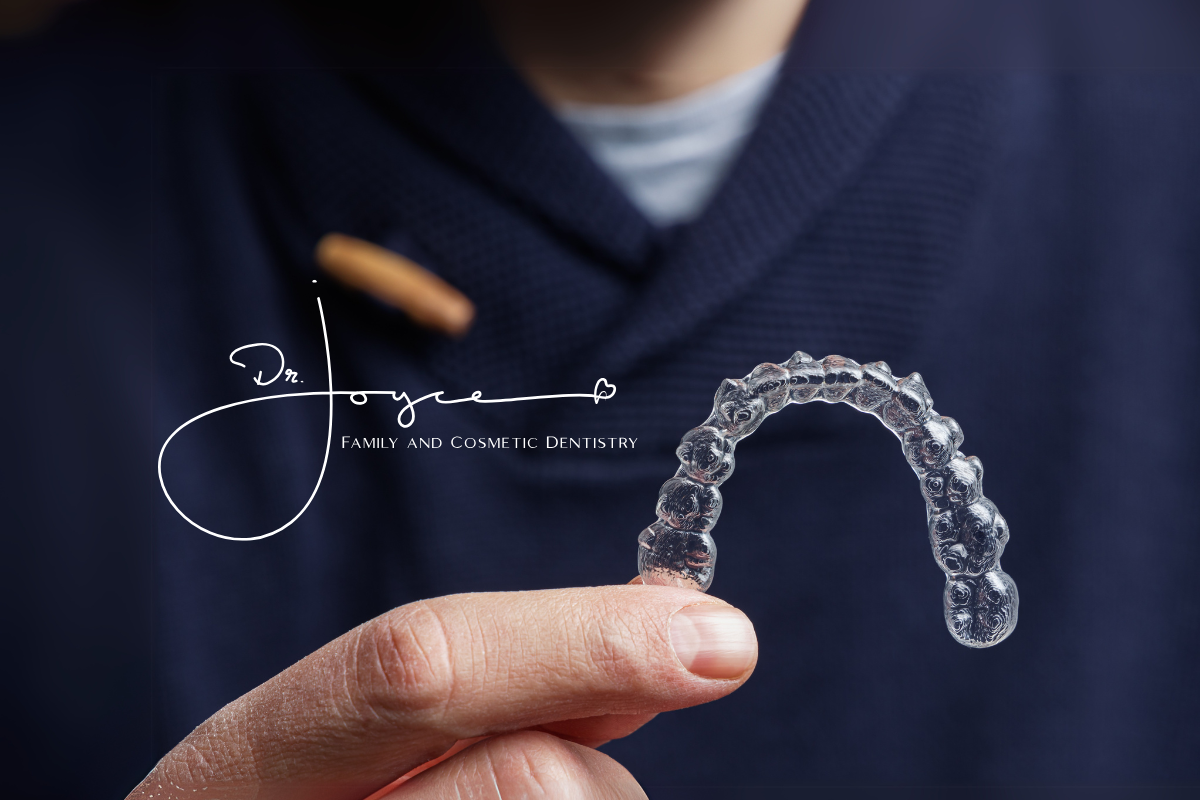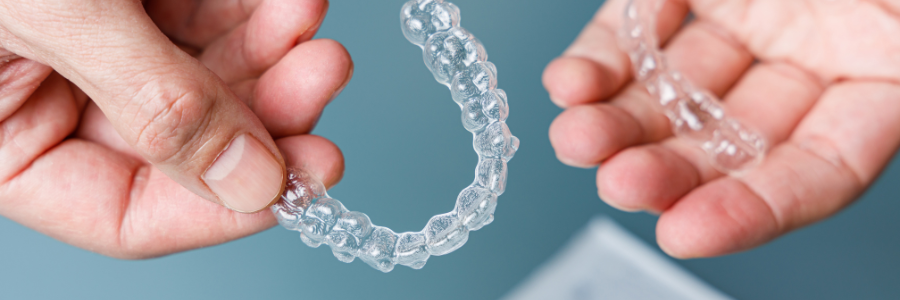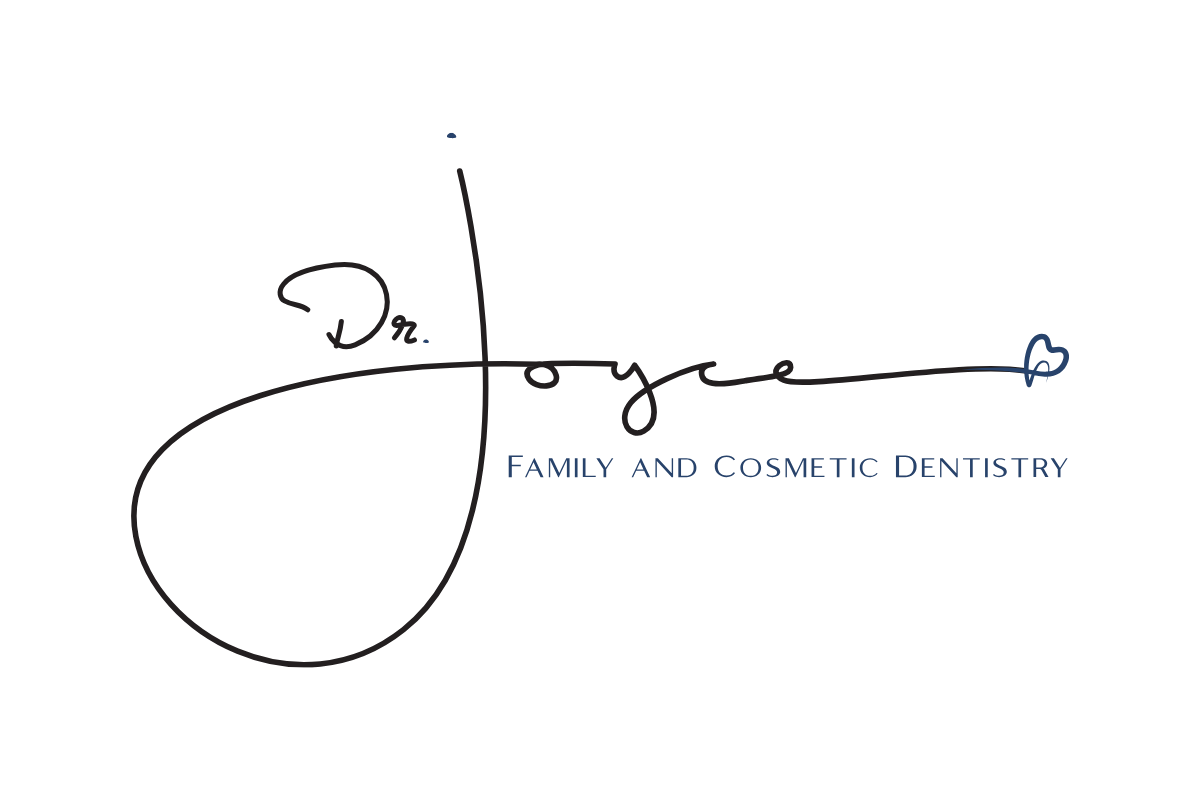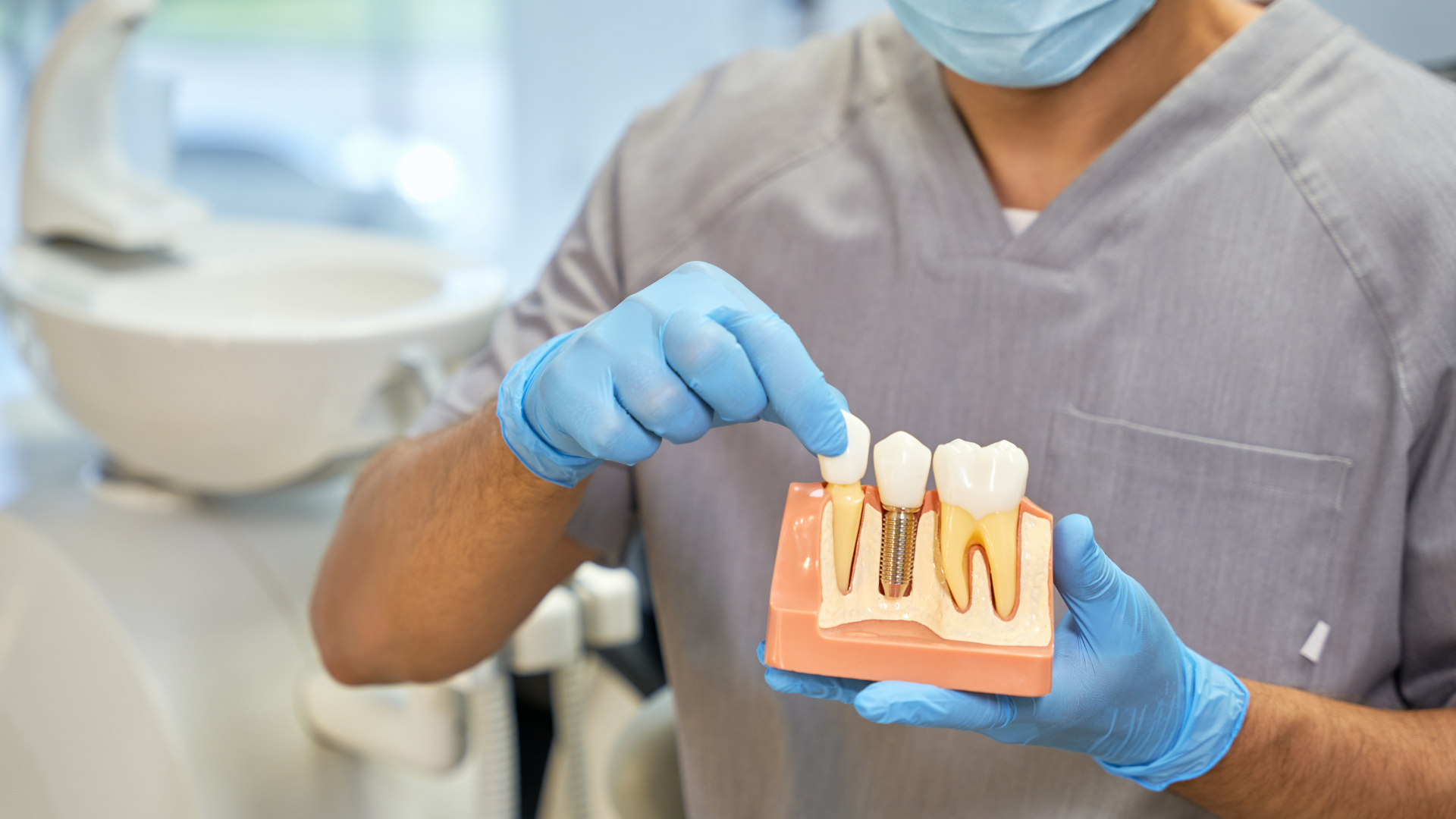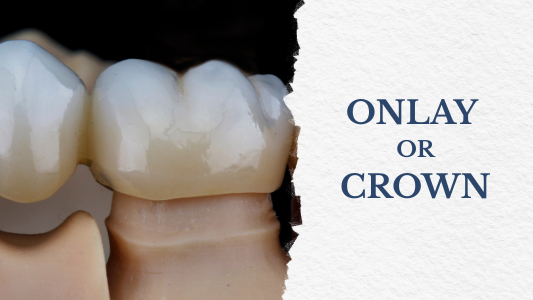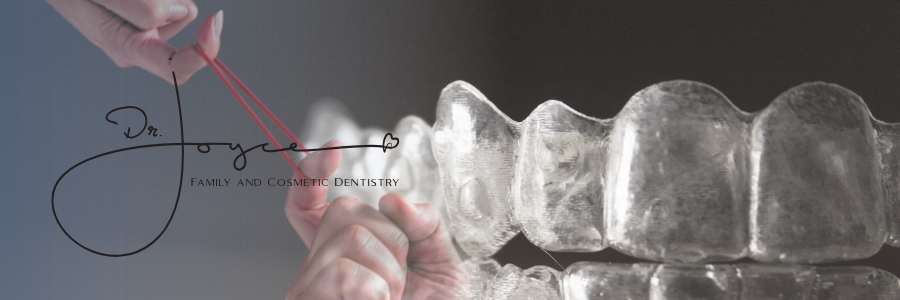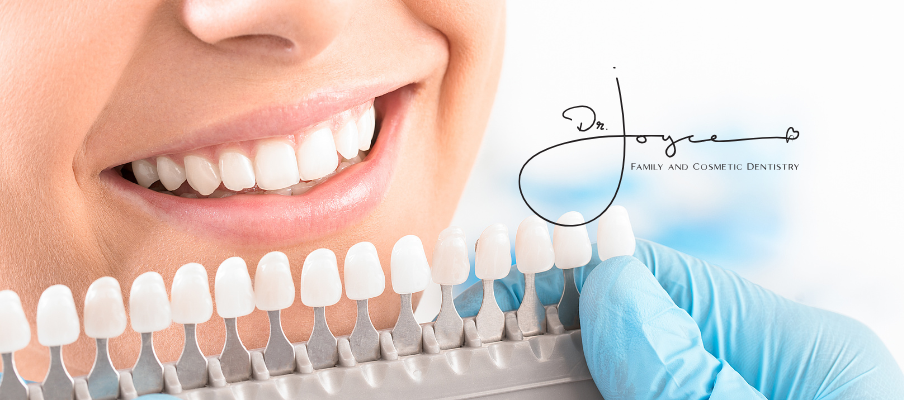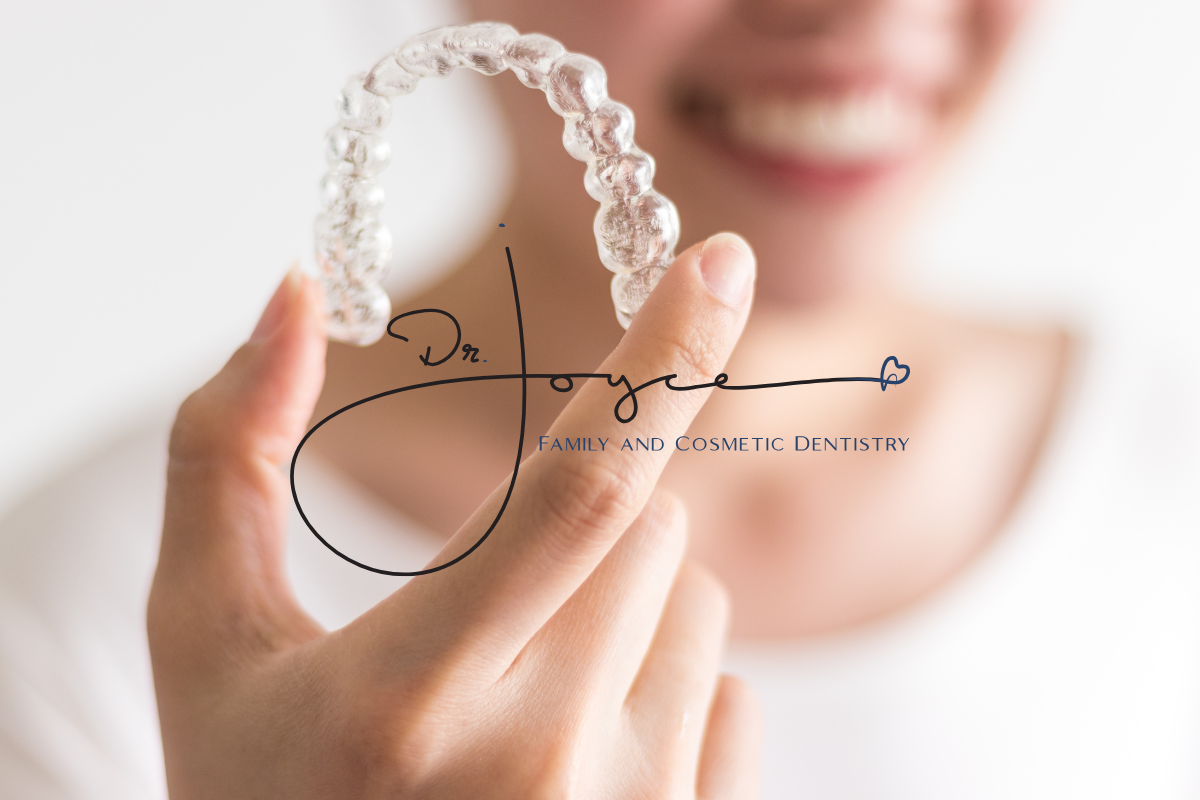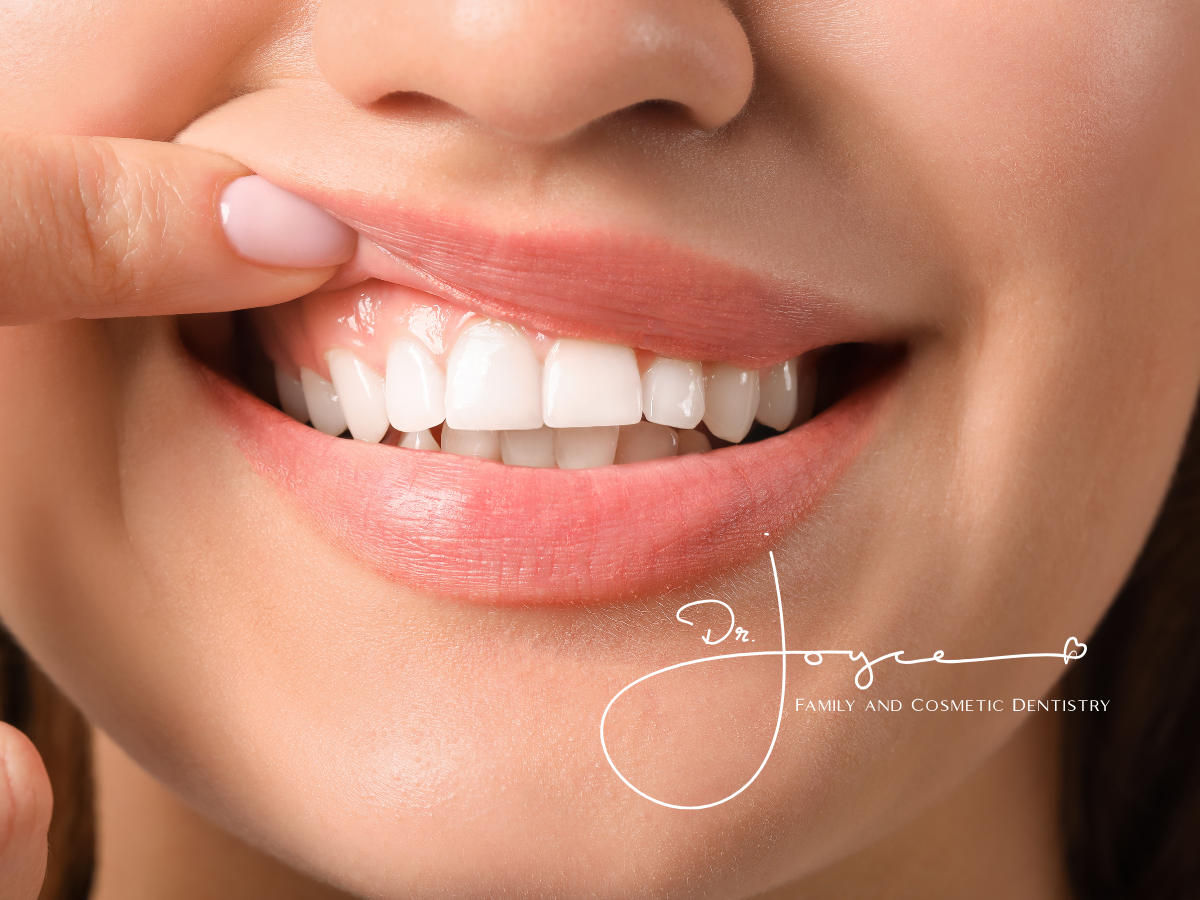Is Invisalign Worth It? What Your Dentist Wants You to Know Before You Decide
Understanding How Invisalign Works for Adults and Teens
Clear Aligners Explained
Invisalign aligners are clear, removable plastic trays designed to move teeth into better positions gradually. Unlike regular braces, there are no wires or brackets. Instead, the aligners are custom-made for each patient using scans or digital impressions of the teeth. The trays fit snugly, so many people notice they're nearly invisible during day-to-day activities.
- Aligners are worn for about 20-22 hours per day.
- They are switched out every 1-2 weeks for a new set that continues to guide teeth.
- Since you take them out to eat and drink, brushing and flossing normally is easy.
For adults and teens wanting something less noticeable than traditional braces, clear aligners offer an option that's easy to fit into most routines.
Treatment Duration and Process
Each Invisalign plan starts with an initial consultation to see if the system is suitable. Once approved, your doctor creates a digital road map for your smile, mapping out each stage of movement. Treatment length depends on your case's complexity, but most people finish in 12 to 18 months, though some may need more or less time.
Here’s what the treatment process looks like:
- Initial assessment and 3D teeth scans.
- Custom aligners are manufactured and sent.
- Wearing aligners every day, swapping as directed.
- Regular dental check-ins every 6-8 weeks to monitor progress.
Consistency in wearing the aligners is key to staying on track.
Expected Outcomes With Invisalign
People choose Invisalign to fix crooked teeth, mild bite problems, and gaps. The results depend primarily on wearing the aligners as directed. While most mild and moderate problems can be fixed, complex conditions may need extra attention or alternative solutions.
Some things to expect by the end of treatment:
- Straighter teeth and improved alignment
- More comfort compared to past bulky braces
- Easier cleaning habits throughout the process
Most users find the result is a straighter smile without having gone through the look and feel of metal braces.
Weighing Invisalign Against Traditional Braces
Aesthetics and Visibility Differences
One of the main draws of Invisalign is how undetectable the aligners are when you’re wearing them. The aligners are nearly clear, which makes them much less noticeable than metal braces. For many adults and teens, this makes a huge difference in confidence at work, school, or social settings. On the other hand, traditional metal braces are obvious due to the brackets and wires. Even ceramic or tooth-colored braces still tend to be easier to spot compared to clear aligners.
- Invisalign aligners are transparent and often go unnoticed in casual conversation.
- Braces, especially metal ones, can stand out in photos or face-to-face meetings.
People who want to avoid drawing attention to their orthodontic treatment often prefer Invisalign. It's not just about appearance—how you feel about your smile during the process can affect your comfort and
confidence.
Comfort and Convenience Considerations
When it comes to comfort, there are differences in what you’ll feel and deal with throughout the process. Invisalign aligners are smooth with no sharp edges, so they usually won’t irritate cheeks or gums. Traditional braces can poke or scratch inside your mouth, especially after adjustments. And there’s the issue of wires coming loose, which can be pesky to fix.
Convenience is another part to think about:
- Invisalign trays are removable for eating, brushing, and special occasions.
- Braces are fixed, so you have to work around them for months, or sometimes a couple of years.
Both options need regular check-ins with your dentist, but Invisalign appointments are usually shorter and less frequent.
Oral Hygiene and Dietary Impact
Good oral health matters during orthodontic treatment, but the way you care for your teeth can vary depending on the option you choose.
- With Invisalign, you remove the aligners to brush, floss, and eat, so keeping your teeth clean is routine.
- Braces can collect food particles and plaque around the brackets and wires. These spots are harder to clean and can mean more time at the sink.
Certain foods (sticky caramel or crunchy popcorn) should be avoided with braces because they can damage wires or get stuck. With Invisalign, you just remove your aligners and eat what you like. Many people find the food restrictions and extra cleaning time of braces a hassle compared to the simplicity of popping aligners in and out.
Evaluating The Cost of Invisalign Treatment
When people look into Invisalign, the price can be a big surprise. Understanding the costs is key to deciding if it's right for you. Let’s understand what makes up the cost, how insurance plays a role, and how Invisalign compares to other options.
Breakdown of Invisalign Pricing
Several things add to the total you’ll pay for Invisalign:
- Complexity of your dental case: More complicated treatments cost more because they require extra aligners and check-ins.
- Length of treatment: Longer treatments mean more trays and office visits, and the price increases.
- Geographic area: Invisalign is usually pricier in bigger cities due to higher overhead costs for dental offices.
- Provider experience: More experienced providers sometimes charge a bit more.
The final bill isn’t just for the aligners; it covers everything from planning your treatment to all those quick office appointments, so ask for a full explanation before you start.
Insurance and Payment Plan Options
Not everyone pays for Invisalign out of pocket—here’s what might help:
- Dental insurance: Some dental plans will partially cover Invisalign, which is similar to traditional braces, but the amount varies.
- Flexible Spending Accounts (FSA) or Health Savings Accounts (HSA): You can use these to pay for a big chunk, lowering your taxable income.
- Payment plans: Dental offices often offer monthly payment options with little to no interest, making costs more manageable.
It’s smart to ask your dentist’s office to check what insurance covers and to walk you through all payment options upfront—surprises aren’t fun when bills arrive.
Comparing Costs to Braces and Other Aligners
Is Invisalign really pricier than braces or other brands? Here’s what to know:
- Traditional metal braces are usually in the same price range, but sometimes a little less, especially for simple cases.
- Other clear aligner brands (like mail-order options) can seem much cheaper, but lose some hands-on care and monitoring.
- Extra costs: When using braces and alternative aligners, remember to factor in broken parts, lost aligners, and additional visits, which can add up fast.
If you’re stuck between Invisalign and other choices, compare every cost, not just the starting price. Sometimes, a slightly higher upfront cost is worth it for better support and fewer surprises in the long run.
Assessing Candidacy: Who Is Invisalign Ideal For?
Types of Cases Invisalign Can Treat
Invisalign can correct common alignment problems, but it is not the answer for every situation. The treatment works best for mild to moderate crowding, spacing, and bite issues. Here are some orthodontic concerns often addressed by Invisalign:
- Minor to moderate crooked teeth
- Small to moderate gaps between teeth
- Mild cases of underbite, overbite, and crossbite
Traditional braces or other orthodontic options might be better for more severe alignment issues or teeth that need significant rotation.
Limitations and Suitability Issues
Even though Invisalign can do a lot, it might sometimes fall short. For example, it may not be the best option for:
- Teeth that need significant vertical movement
- Severe bite correction (especially in cases of large overbites or underbites)
- Significantly rotated teeth or teeth with complex root positioning
It's also essential to have healthy teeth and gums before starting treatment. Dentists usually address untreated cavities or gum disease first, so the aligners don’t worsen things. If someone isn't committed to wearing the aligners for 20-22 hours daily, then Invisalign probably won’t meet expectations.
Age and Lifestyle Factors
Both teens and adults are candidates for Invisalign, but a few things matter:
- Responsibility: Aligners must be worn as prescribed, so motivation is key.
- Active lifestyles: Since aligners can be removed for sports or playing instruments, they fit well for people on the go.
- Dental maturity: Most permanent teeth should be present in the teens before starting.
Invisalign best fits people who want a nearly invisible treatment and are committed to following instructions.
What to Expect: Everyday Life With Invisalign
Getting into the habit of wearing Invisalign aligners may initially feel odd, but it quickly becomes part of your daily routine. You must wear them 20–22 hours a day, removing them only for eating, drinking anything besides water, brushing, and flossing.
- Always store your aligners in their case when not in use to avoid losing or damaging them.
- Clean aligners gently with a toothbrush and lukewarm water—never use hot water as it can warp the aligners.
- Regular oral hygiene is essential; brush and floss before returning your aligners.
Staying disciplined with wearing and cleaning your aligners is the best way to avoid delays in your treatment.
Managing Discomfort and Speech Changes
At the start, you might notice a minor soreness or pressure each time you switch to a new set of aligners. This is normal. Your teeth are shifting, which means the aligners are working. Most people find:
- Discomfort is usually mild and fades after a couple of days.
- Speech changes, like a slight lisp, are possible but almost always temporary.
Maintaining Oral Health During Treatment
One thing about Invisalign is that it keeps you on your toes with your dental care. Since food and liquids can get trapped between your teeth and aligners, it's essential to:
- Brush after every meal and snack before putting the aligners back in
- Use floss or a water flosser daily, as clean teeth help prevent staining and decay
Because you're brushing and cleaning more often than usual, many people notice their teeth feel cleaner than ever during Invisalign treatment.
Dentist Insights: Is Invisalign Worth It for Your Smile?
Predictability and Customization Benefits
Invisalign is built around personalized planning that fits your mouth and goals. The digital scan done at the start lets the dentist predict how your teeth will move, making treatment more precise than in the past. Here’s what stands out about customization and predictability:
- Each tray is made just for you, changing as your teeth adjust.
- You’ll see digital previews before you start, giving an idea of your future smile.
Risks and Common Pitfalls to Consider
Invisalign in Westwood can provide excellent results, but there are a few factors to consider before starting. Some issues might come up during your treatment:
- Missing aligner wear time is a common cause of delays. Aligners must be worn for 20–22 hours daily.
- Small attachments on teeth might initially feel odd, and sometimes trays can irritate.
A dentist will discuss these concerns at your appointment, especially if you’ve tried braces before or have particular cosmetic dentistry needs.
Long-Term Results and Retention
The big question: are the results of Invisalign worth it in the long run? Here’s what to expect when treatment ends:
- Retainers are part of life - after Invisalign, you’ll need to wear retainers as recommended. This keeps your teeth from shifting back.
- Long-lasting results depend on good habits, including routine dental checkups and oral care.
Consistency after your treatment is essential to keep that straighter smile.
If you’re serious about getting straighter teeth and can wear the aligners as directed, Invisalign in Westwood is often considered a good choice. Not only are the trays designed to fit smoothly into most routines, but patients usually appreciate that the entire process is mapped out from the start.
Bottom line: Is Invisalign Worth It? For many people, yes—mainly if you stick to the plan, wear your retainers, and want a more discreet cosmetic dentistry option.
Conclusion
So, is Invisalign worth it? That depends on what you’re looking for and what your dentist says about your teeth. Some people love how clear aligners look and feel, while others find the process takes more patience than expected. It’s not magic—there’s still a lot of work involved, like wearing them almost all day and keeping up with cleaning. The cost can be a significant factor, too.
Before you jump in, have an honest talk with your dentist. Ask questions, weigh the pros and cons, and consider what fits your lifestyle. At the end of the day, it’s your smile, so make the choice that feels right for you.
